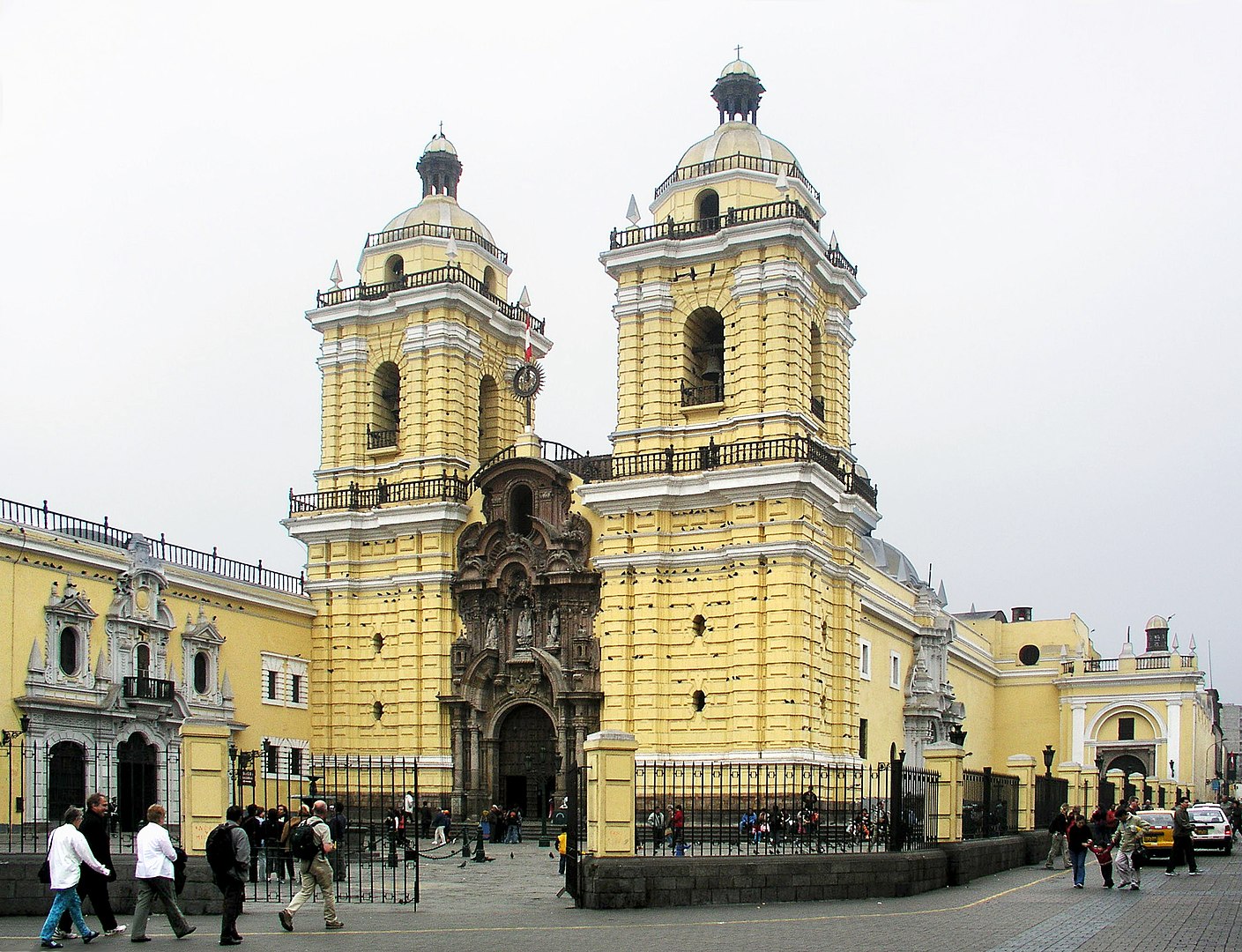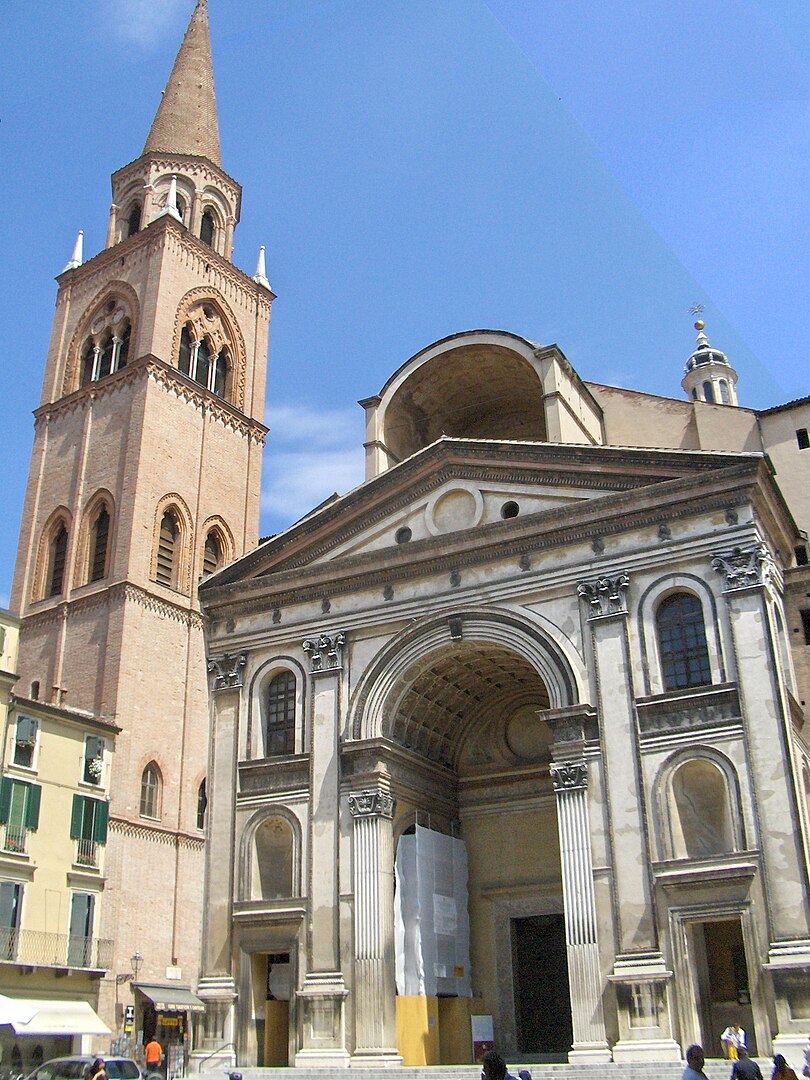
Basilica of Sant’Andrea
Mantua
Cathedrals and great churches built during the Renaissance, Baroque, and Rococo periods exhibit distinct architectural styles that reflect the cultural and artistic shifts of their times. Here’s an overview of each style:
Renaissance Architecture (circa 14th-17th centuries)
-
Characteristics:
- Inspired by classical antiquity, focusing on symmetry, proportion, and geometry.
- Use of columns, pilasters, lintels, semicircular arches, and domes.
- Emphasis on horizontality and clarity of form.
- Facades often feature a tripartite division and harmonic proportions.
- Interiors are spacious, with clear lines and less ornamentation compared to later styles.
Examples:
-
St. Peter’s Basilica, Vatican City: Designed by architects like Bramante, Michelangelo, and Bernini, it epitomizes Renaissance ideals with its grand dome and classical elements.
Florence Cathedral (Il Duomo), Italy: Its dome, engineered by Brunelleschi, is a landmark of Renaissance architecture.
-
Characteristics:
- – Dramatic use of light and shadow (chiaroscuro) to create a sense of movement.
- Rich, ornate decoration and grandiose scale.
- Use of curves, domes, and bold massing.
- Integration of painting, sculpture, and architecture to create a unified effect.
- Emphasis on the verticality and a dynamic spatial experience.
- St. Paul’s Cathedral, London: Designed by Sir Christopher Wren, it features a massive dome and elaborate interior decoration. Church of the Gesù, Rome: Its facade and interior decoration are prime examples of Baroque style, with dramatic use of light and space.
Examples:
-
Characteristics:
- An extension of Baroque, but with a lighter, more playful aesthetic.
- Asymmetry, intricate ornamentation, and the use of pastel colors.
- Elegant curves, often in the form of C-scrolls and S-scrolls, and elaborate stucco work.
- Use of mirrors, gilding, and frescoes to create a sense of opulence and lightness.
- Interiors are richly decorated with themes of nature, mythology, and love.
- Wieskirche (Pilgrimage Church of Wies), Germany: Known for its stunning Rococo interior, with intricate stucco work and frescoes.
- St. John Nepomuk Church (Asamkirche), Munich: Its interior is a quintessential example of Rococo, with ornate decorations and elaborate use of light and color.
Examples:
- Renaissance: Focused on harmony, order, and proportion, taking inspiration from classical antiquity.
- Baroque: Emphasized grandeur, movement, and dramatic effects, aiming to evoke emotional responses.
- Rococo: Developed from Baroque, but with a more decorative and playful approach, focusing on lightness and elegance.
St Peter’s Basilica
Maderno’s Facade and Michelangelo’s Dome
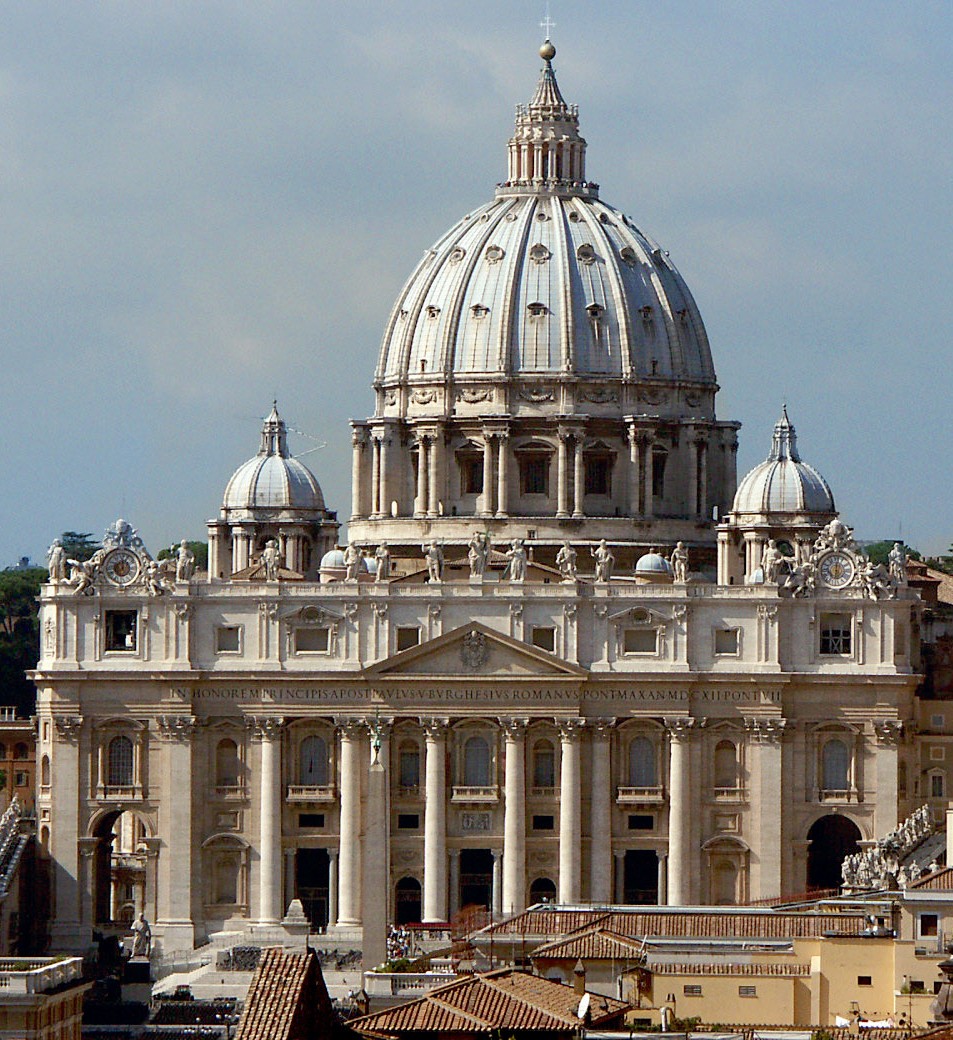
Basilica of San Giorgio
Venice
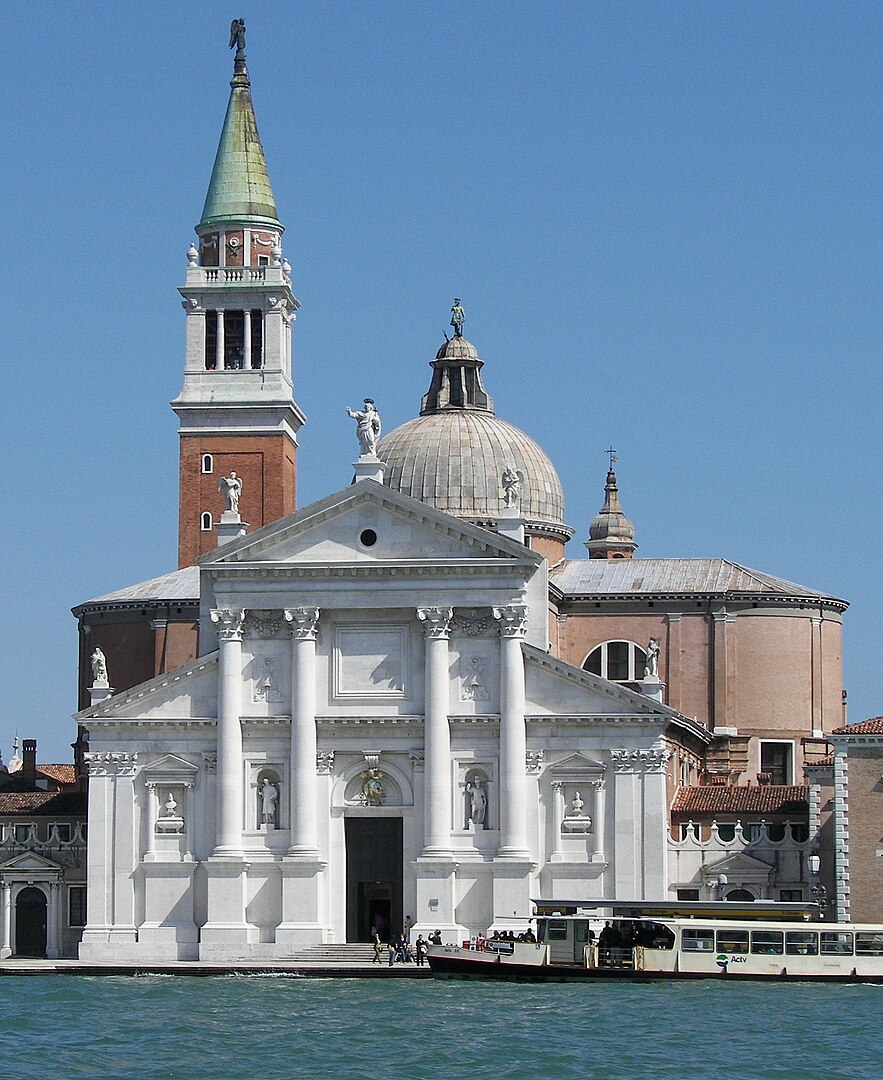
San Lorenzo
Florence
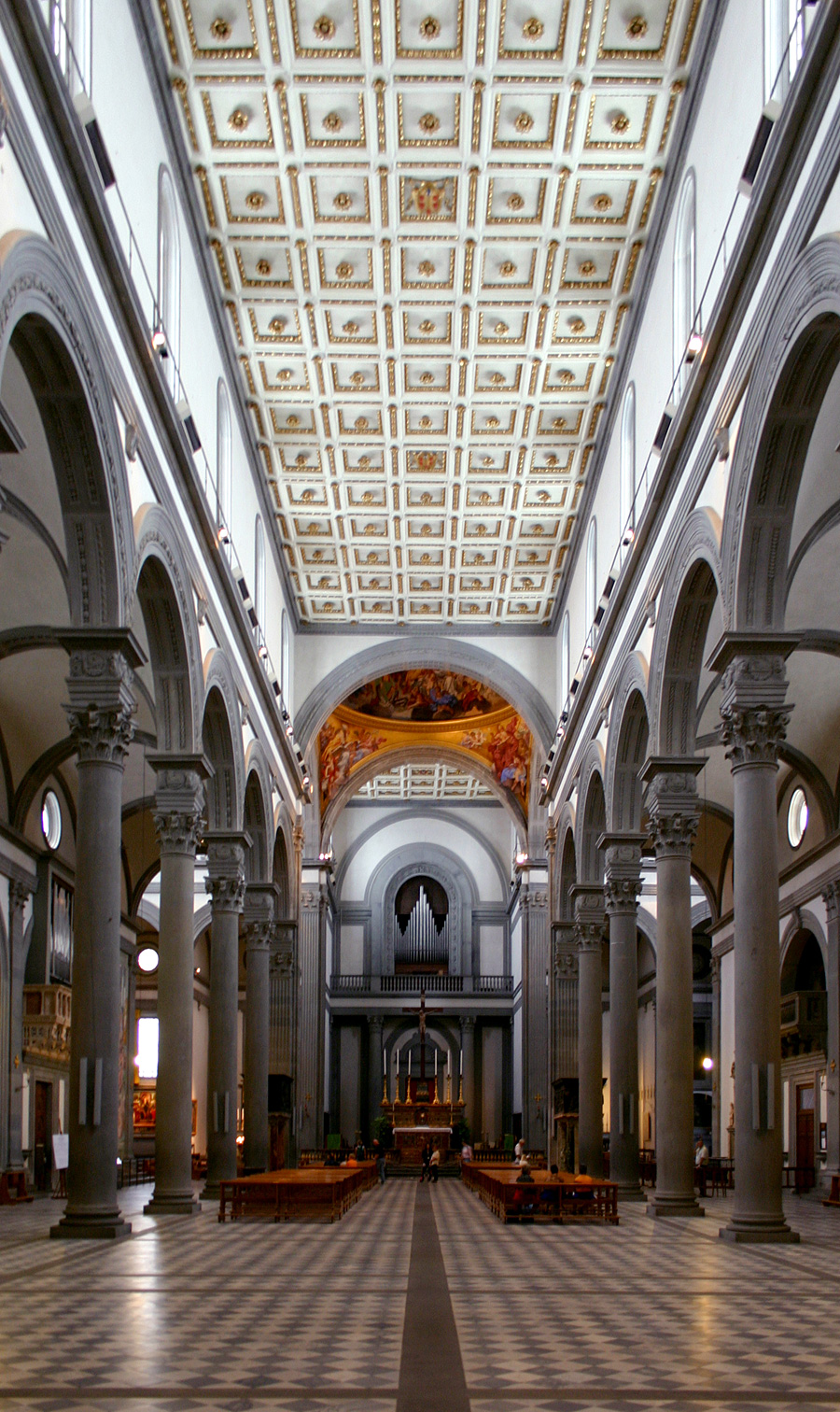
Sant’Andrea
Mantua
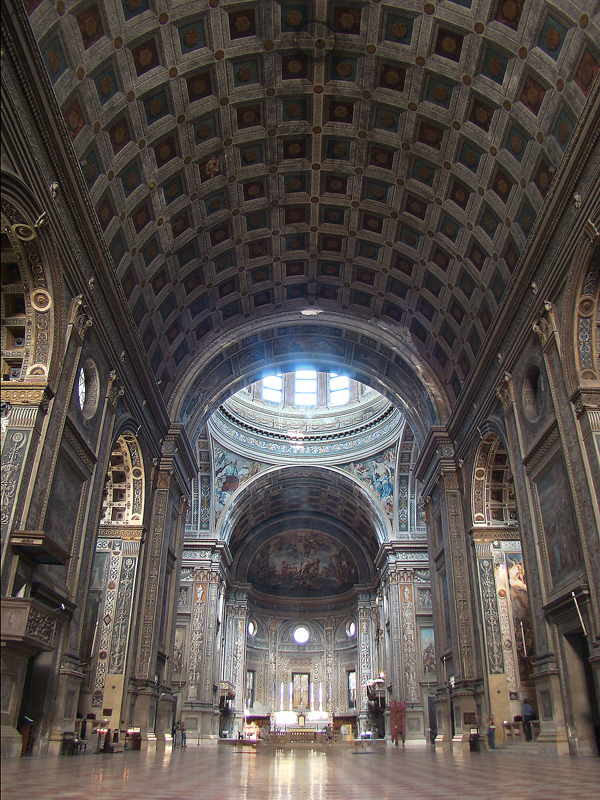
St Peter’s Basilica
Rome
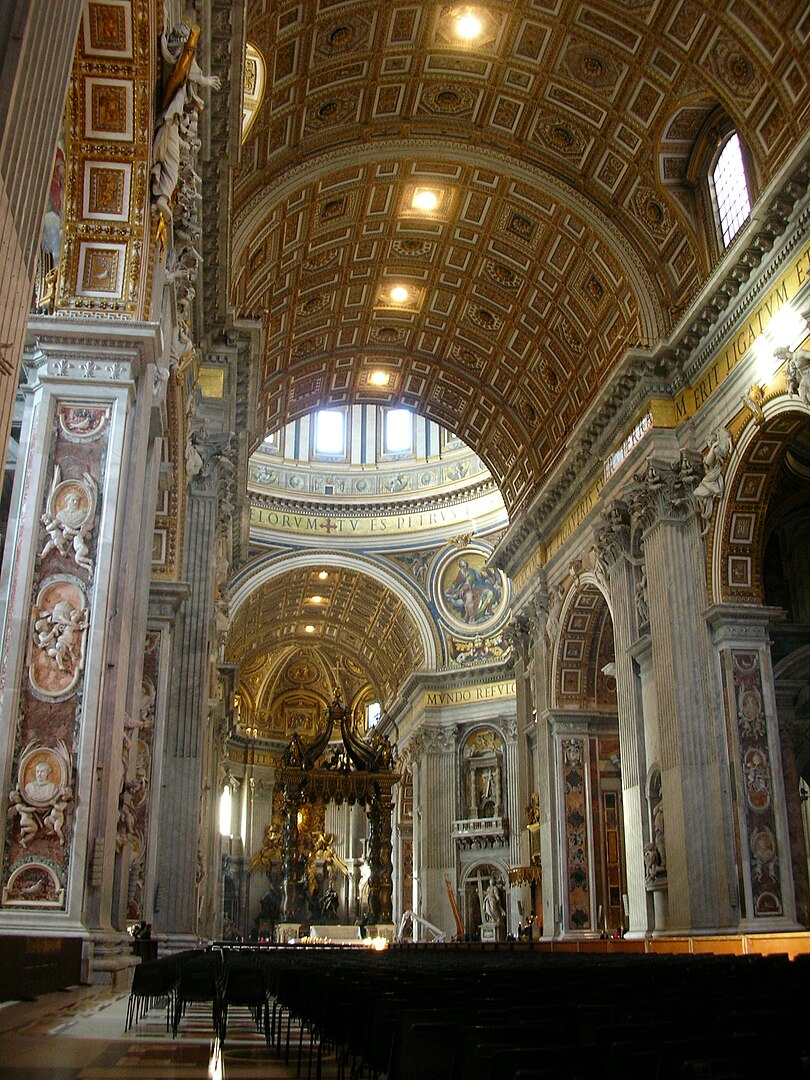
San Giorgio Maggiore
Venice
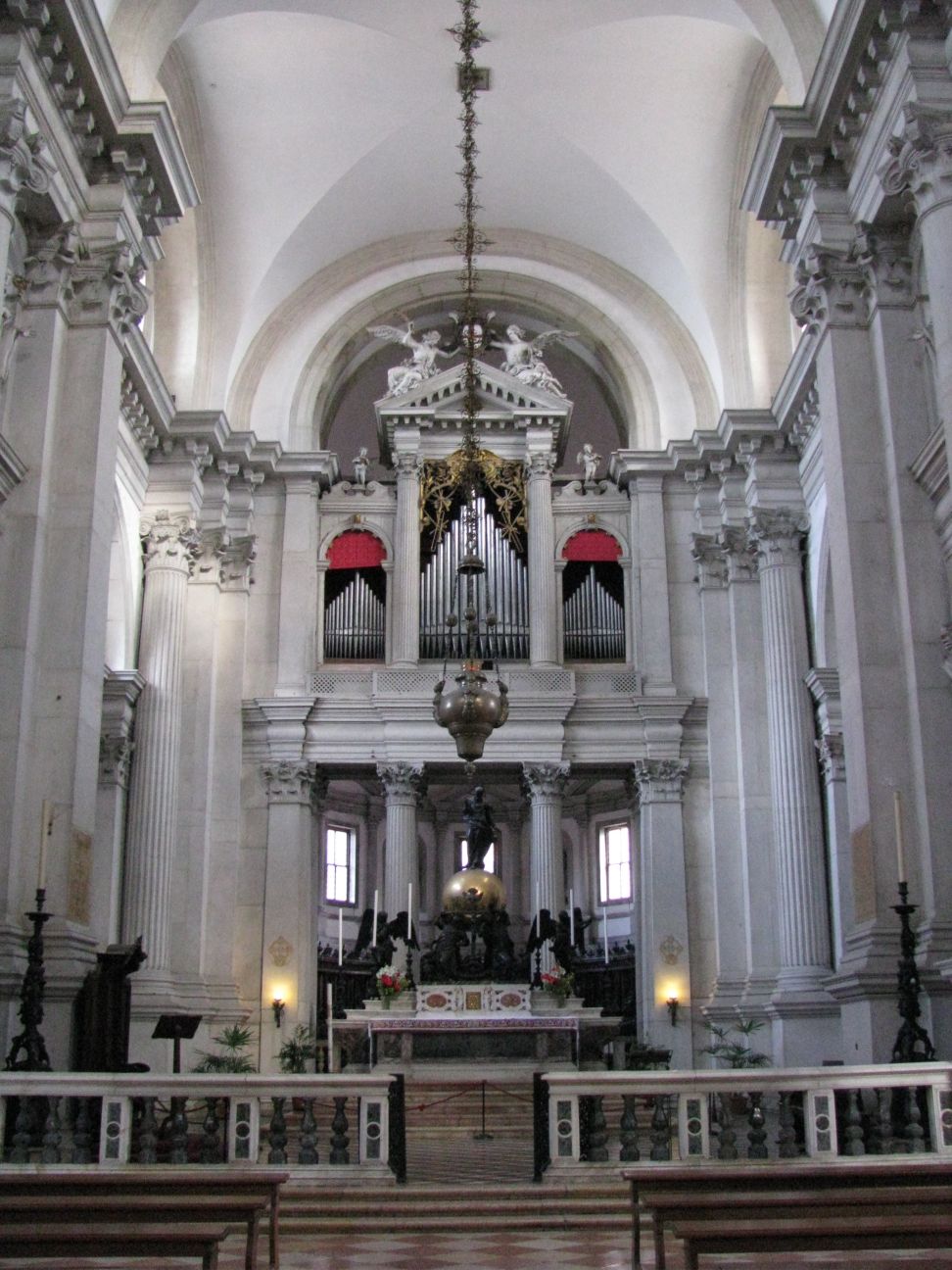
Santa Maria della Salute
Venice
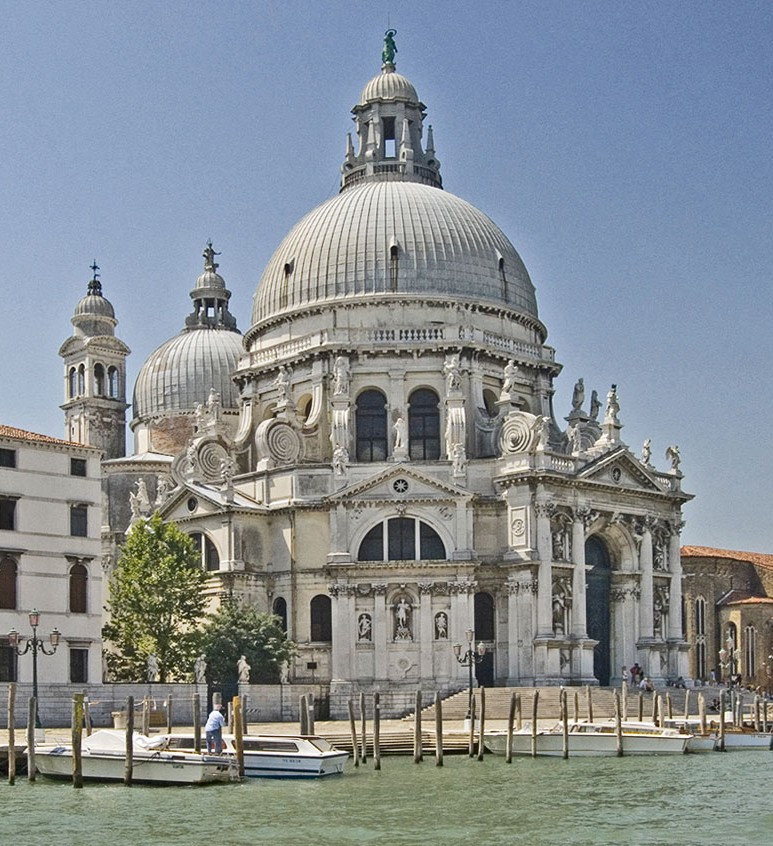
St Paul’s Cathedral
London
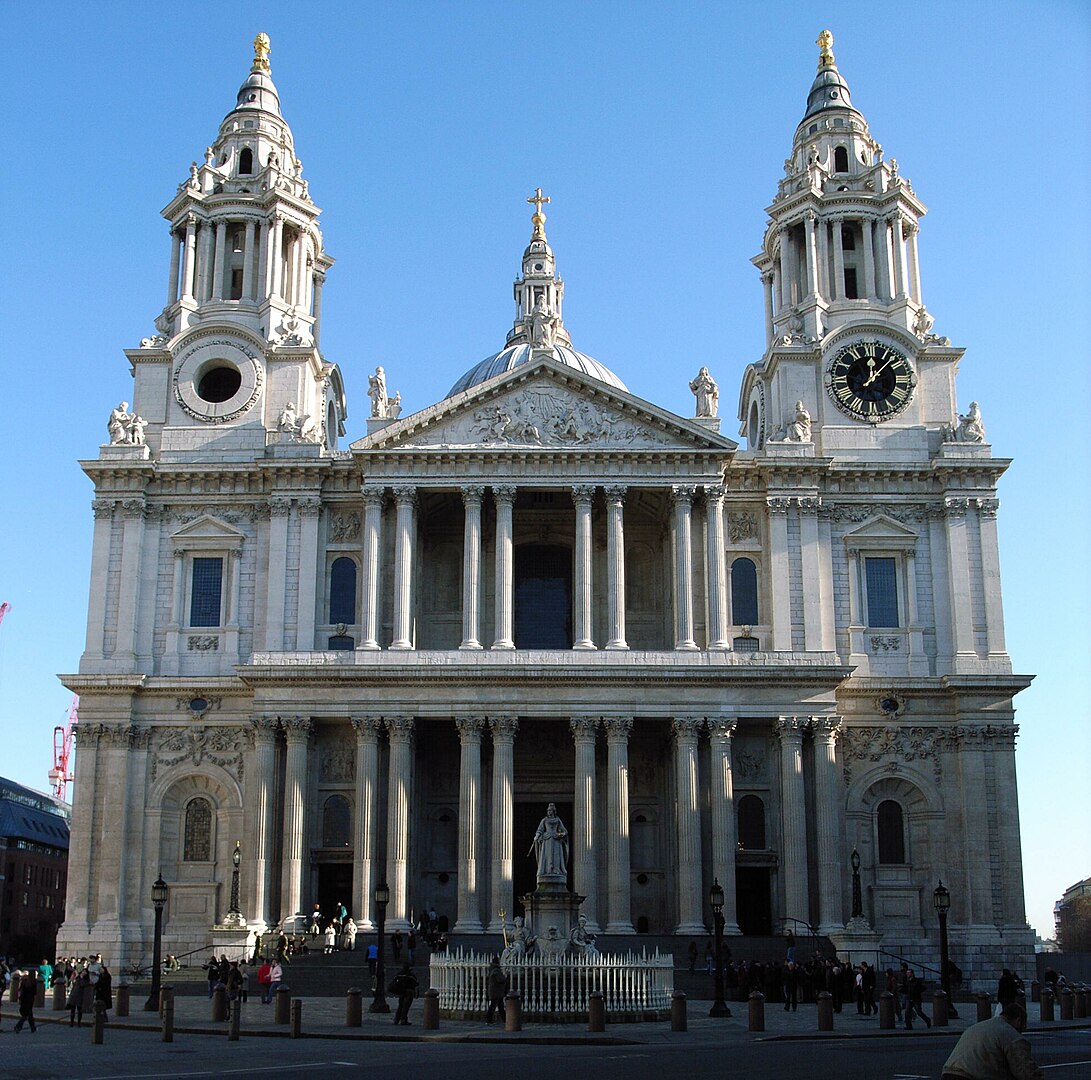
St Paul’s Cathedral
Mdina
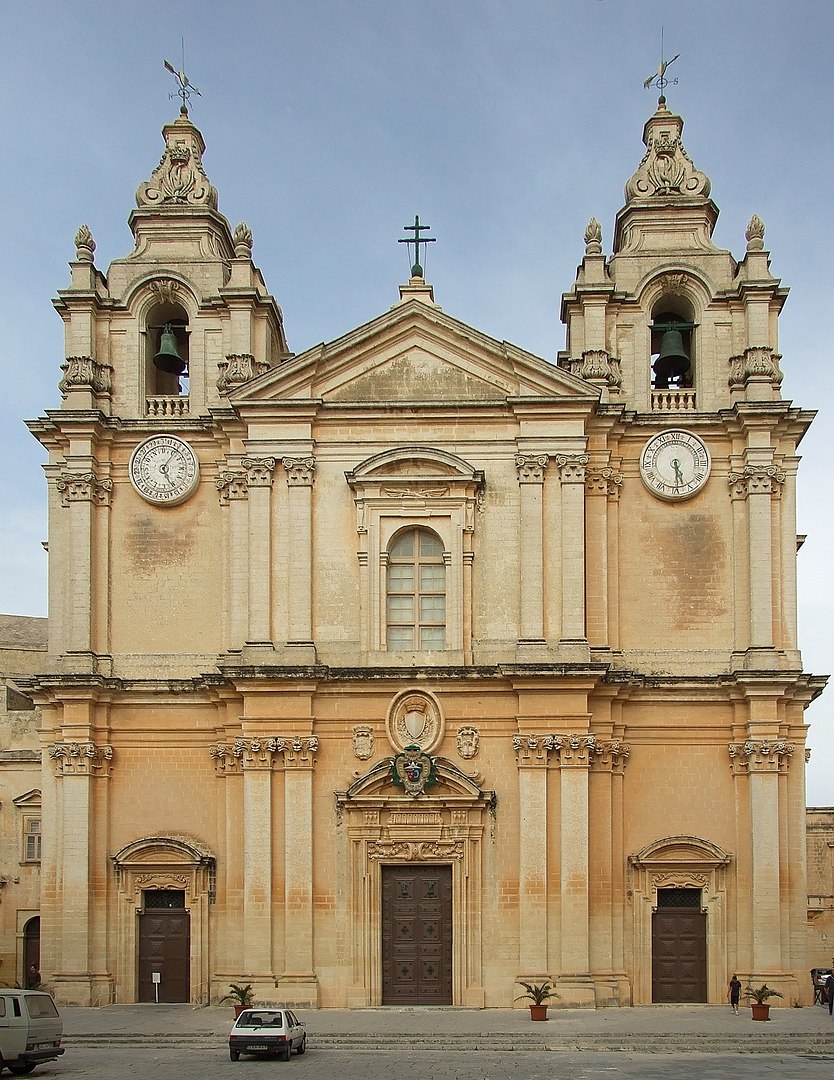
Karlskirche
Vienna
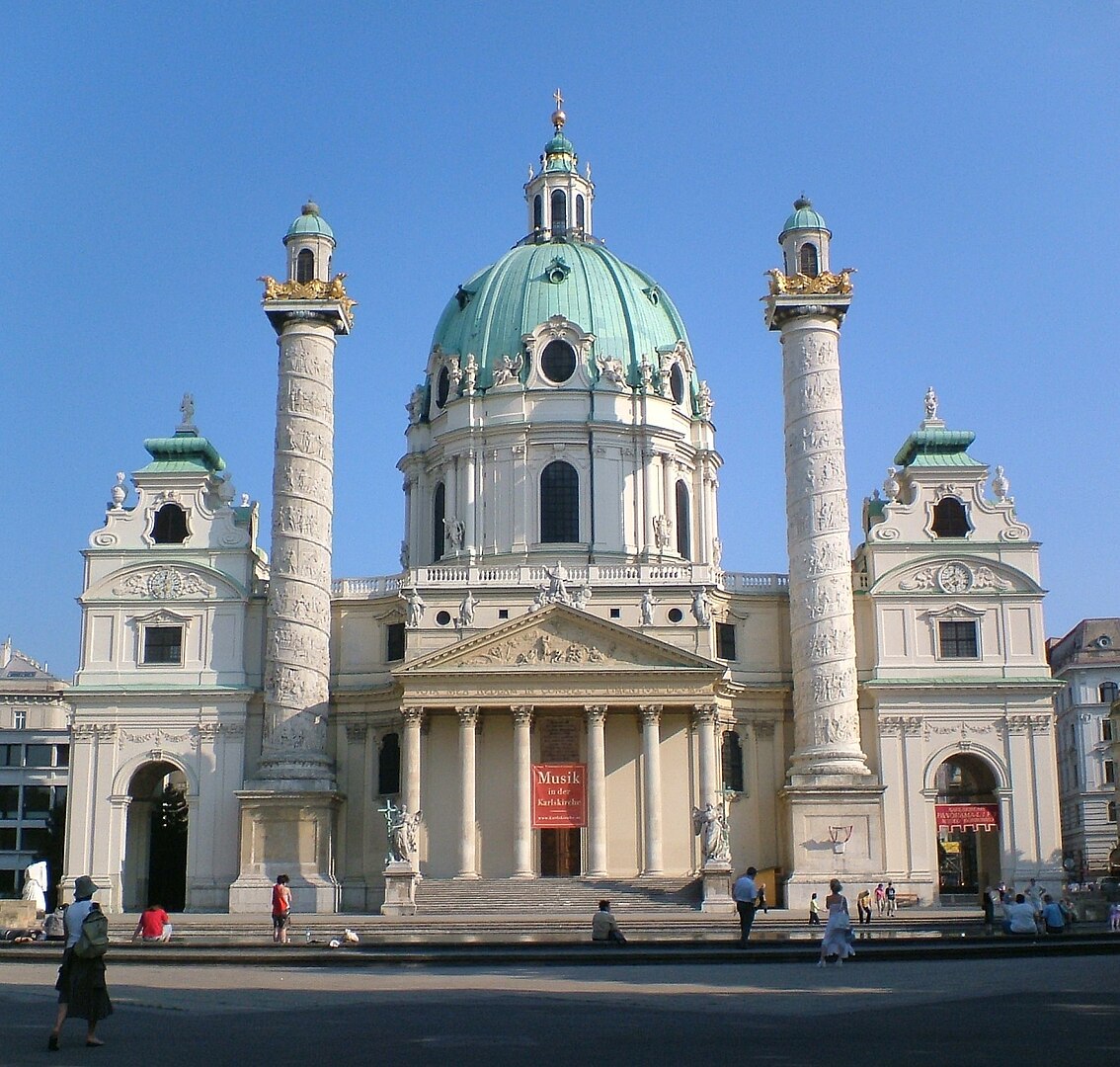
Santa Maria della Salute
Venice

San Carlo alle Quattro Fontana
Rome
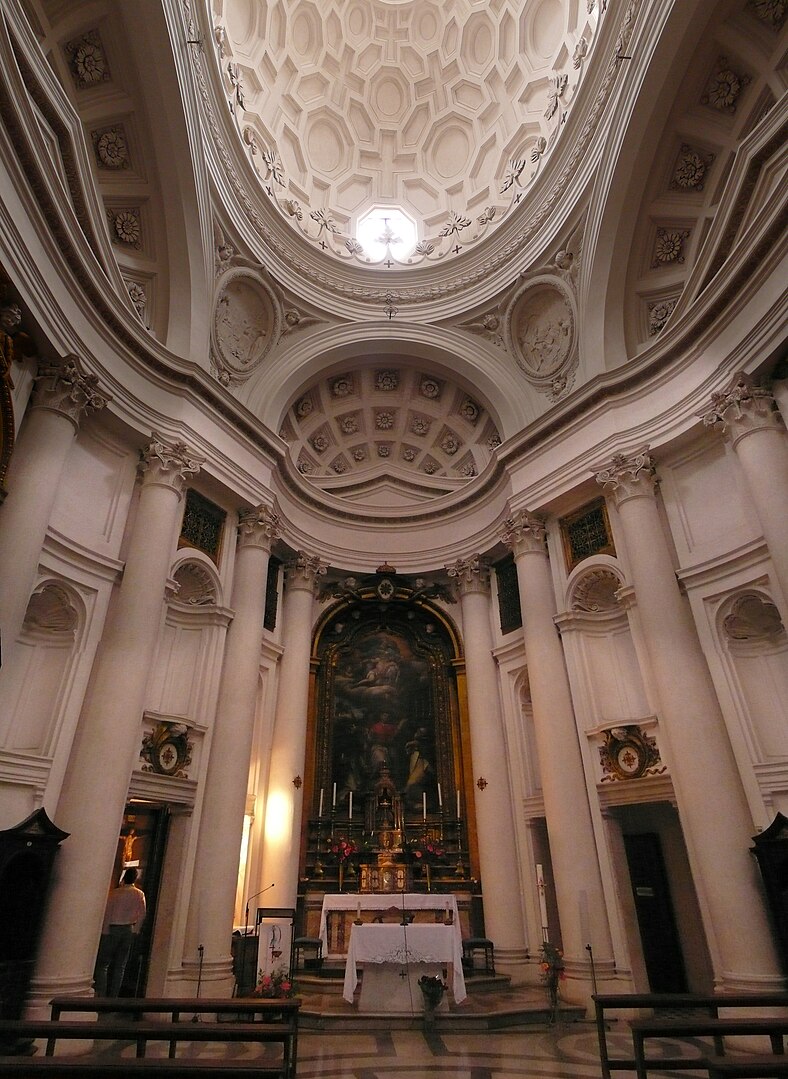
St Paul’s Cathedral
London
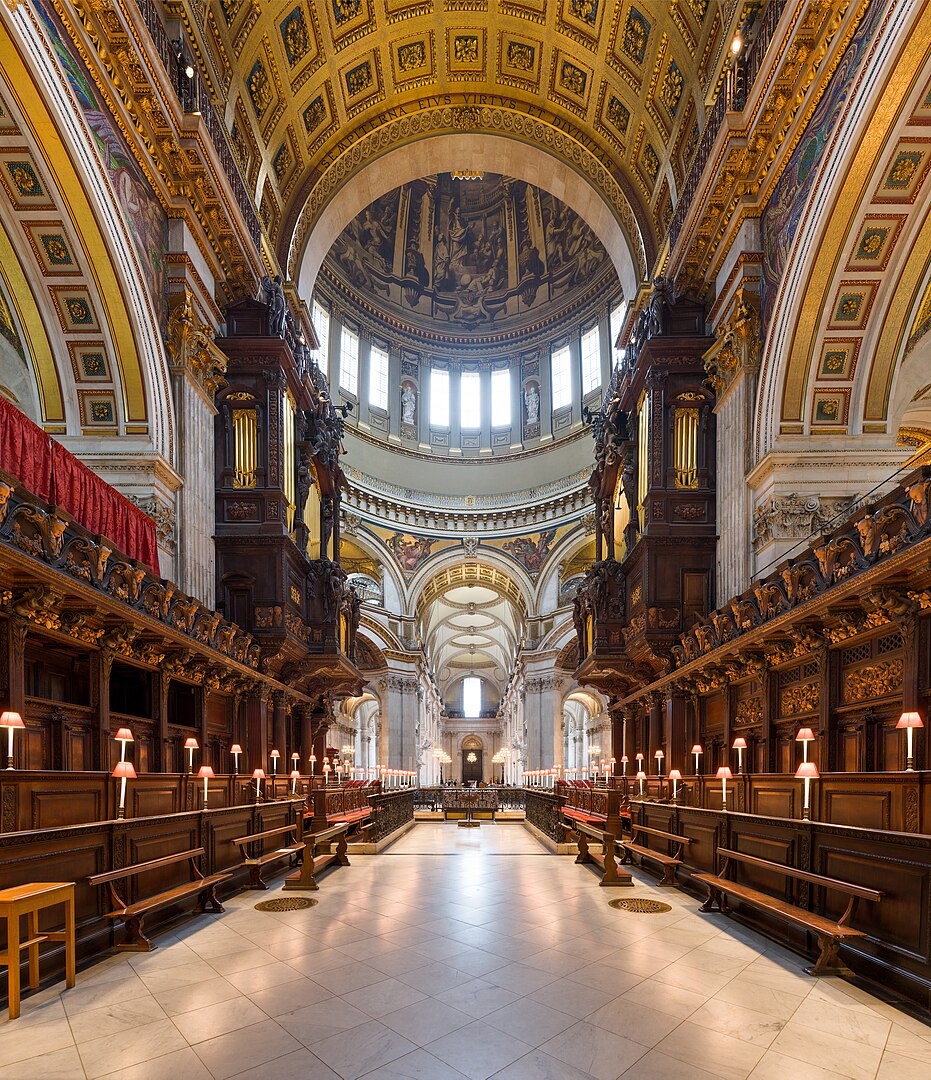
The Basilica of our Lady of Mercy
Barcelona
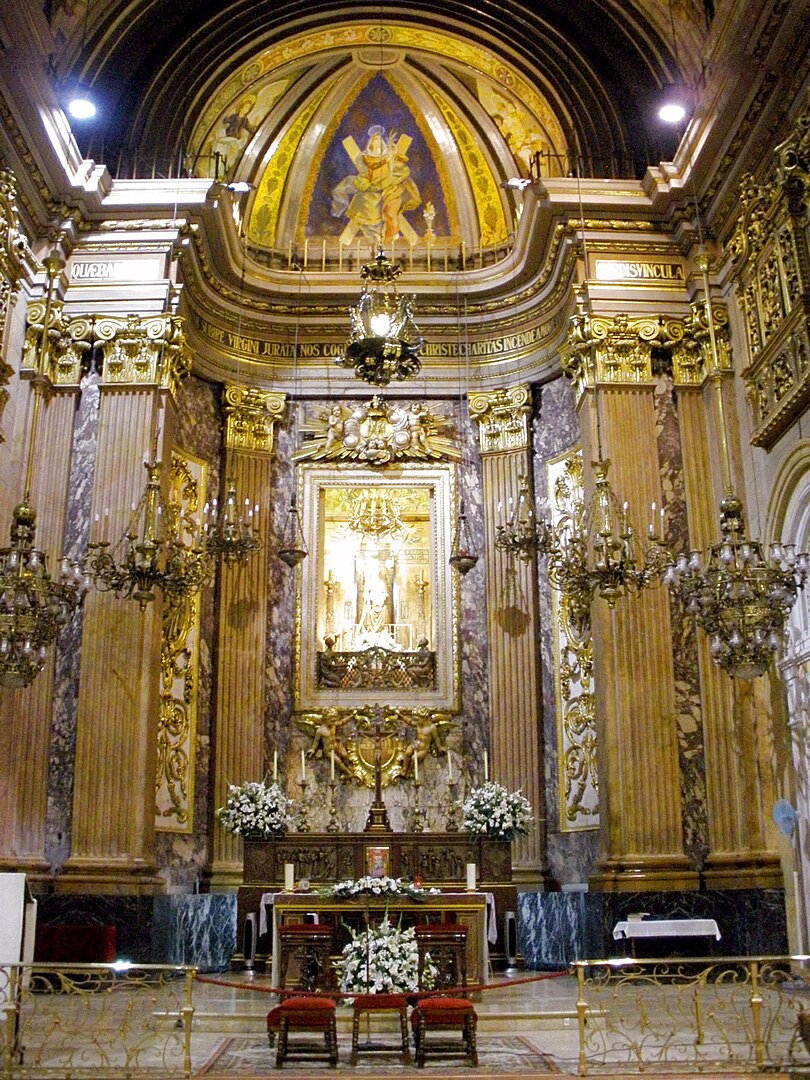
Chancel
Evora Cathedral
Portugal
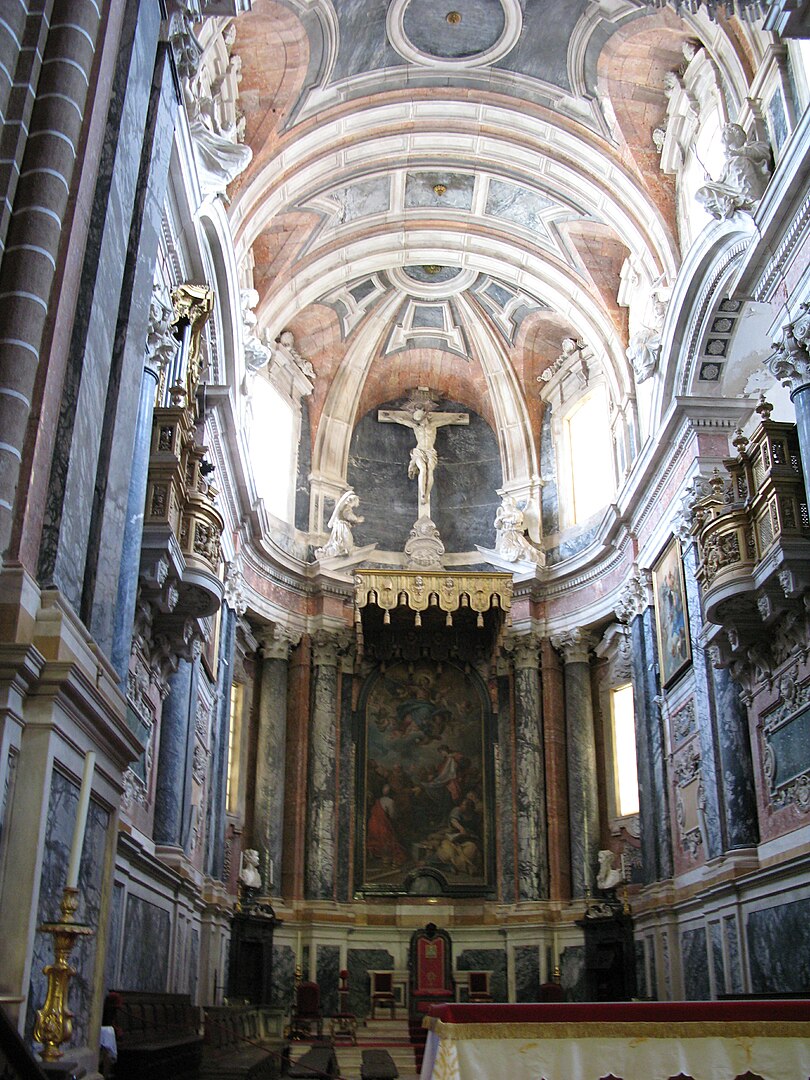
Smolny Cathedral
Smolny Covnvent
Saint Petersburg,br> Elizabethan Baroque
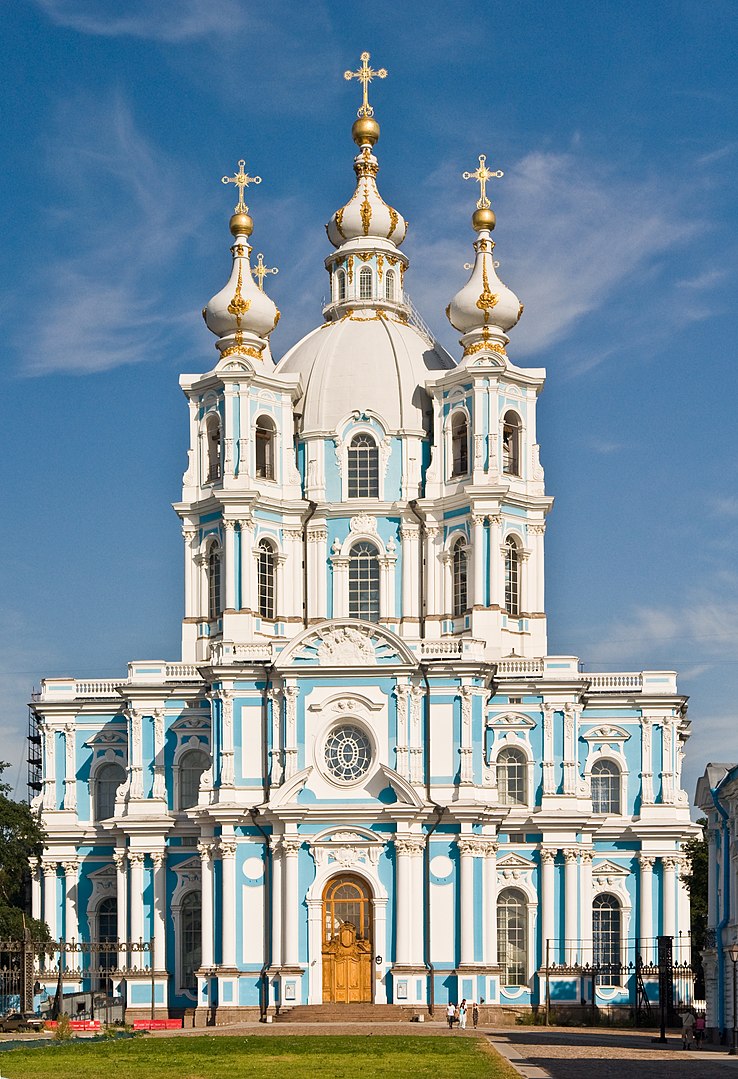
Saints Peter and Paul Cathedral
Kazan
Naryshkin Baroque

Interior
Peter and Paul Cathedral
St Petersburg
Petrine Baroque
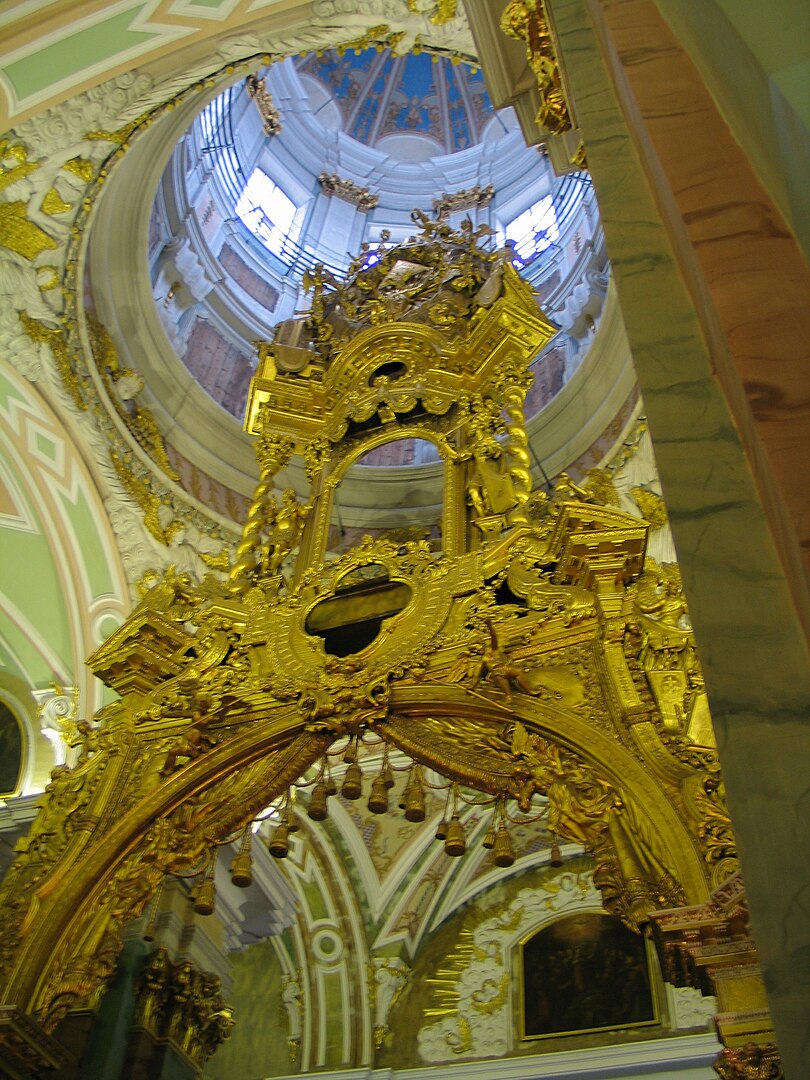
St Clement’s Church
Moscow, Russia
Moscow Baroque
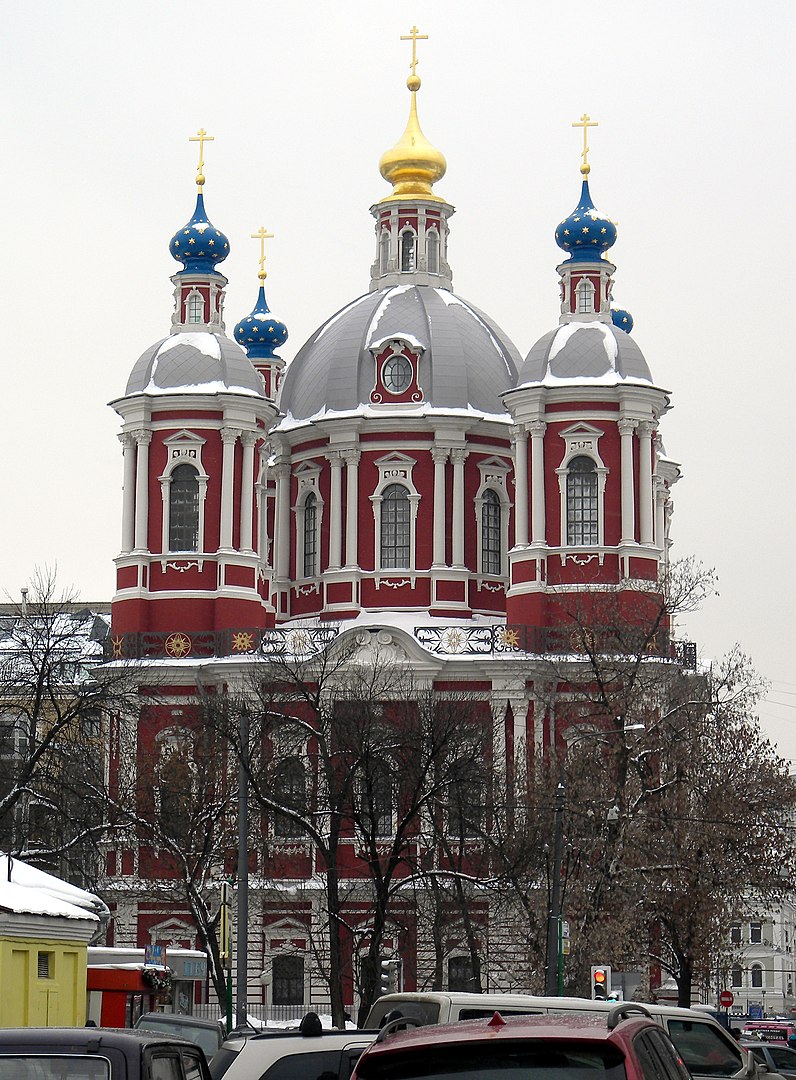
Cathedral of the Theotokos of the Sign
Tyumen
Siberian Baroque
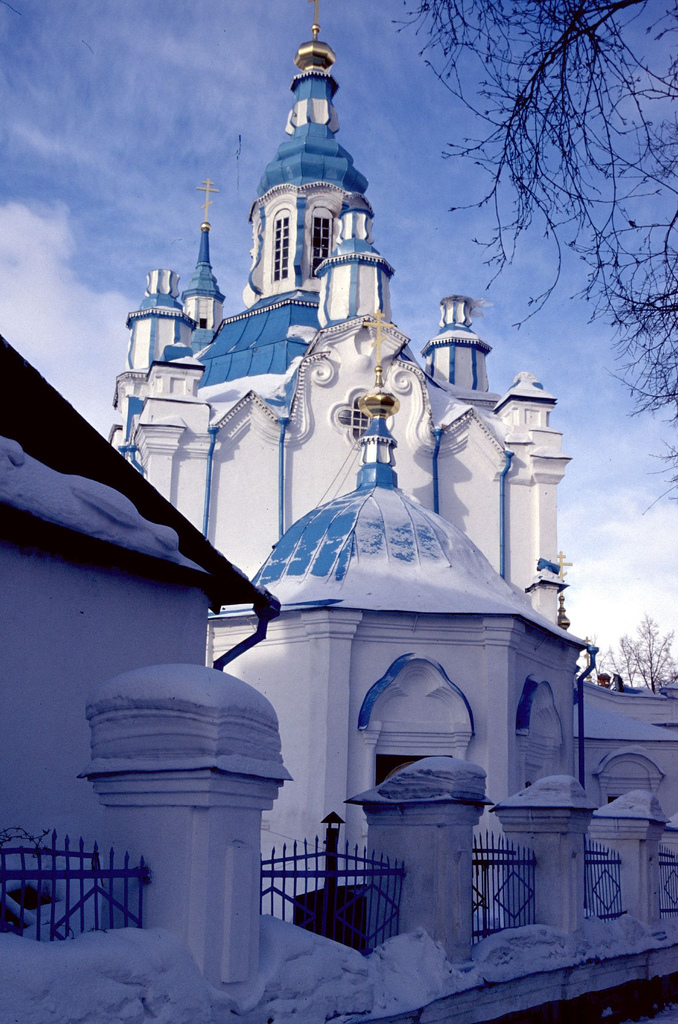
Basilica of the Vierzehheiligan
Germany
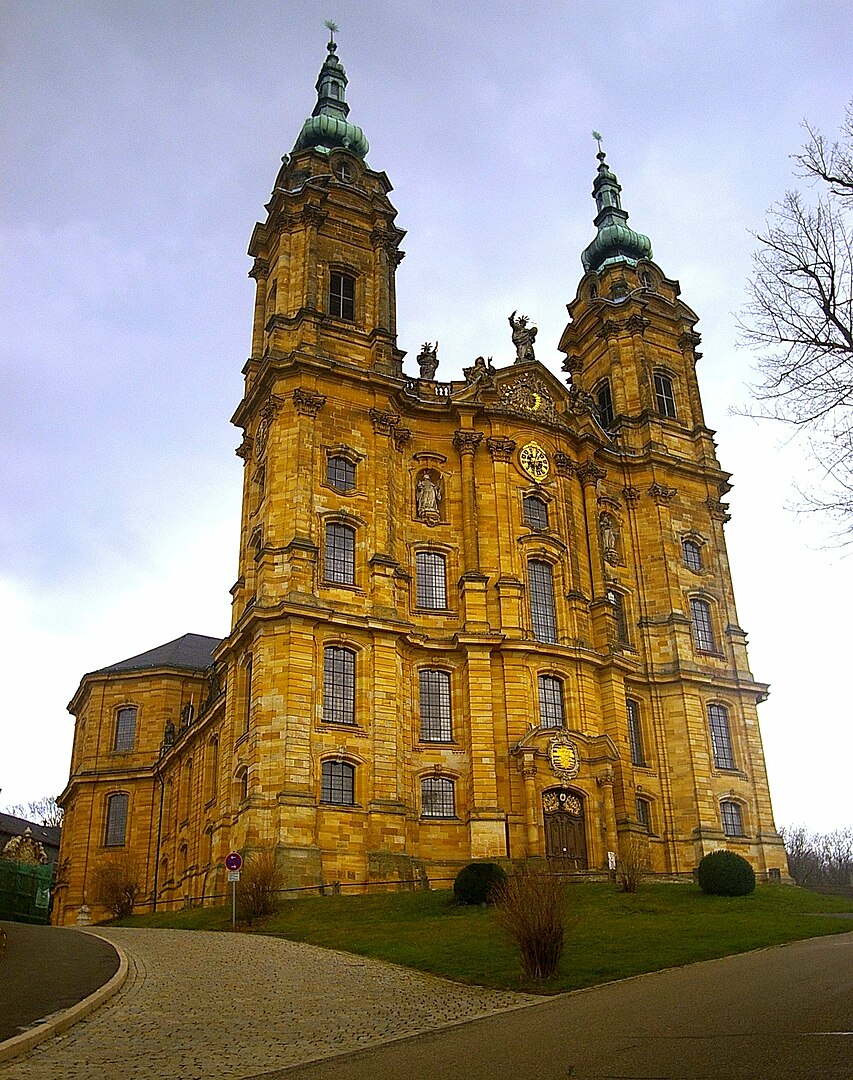
Restored Frauenkirche
Dresden, Germany
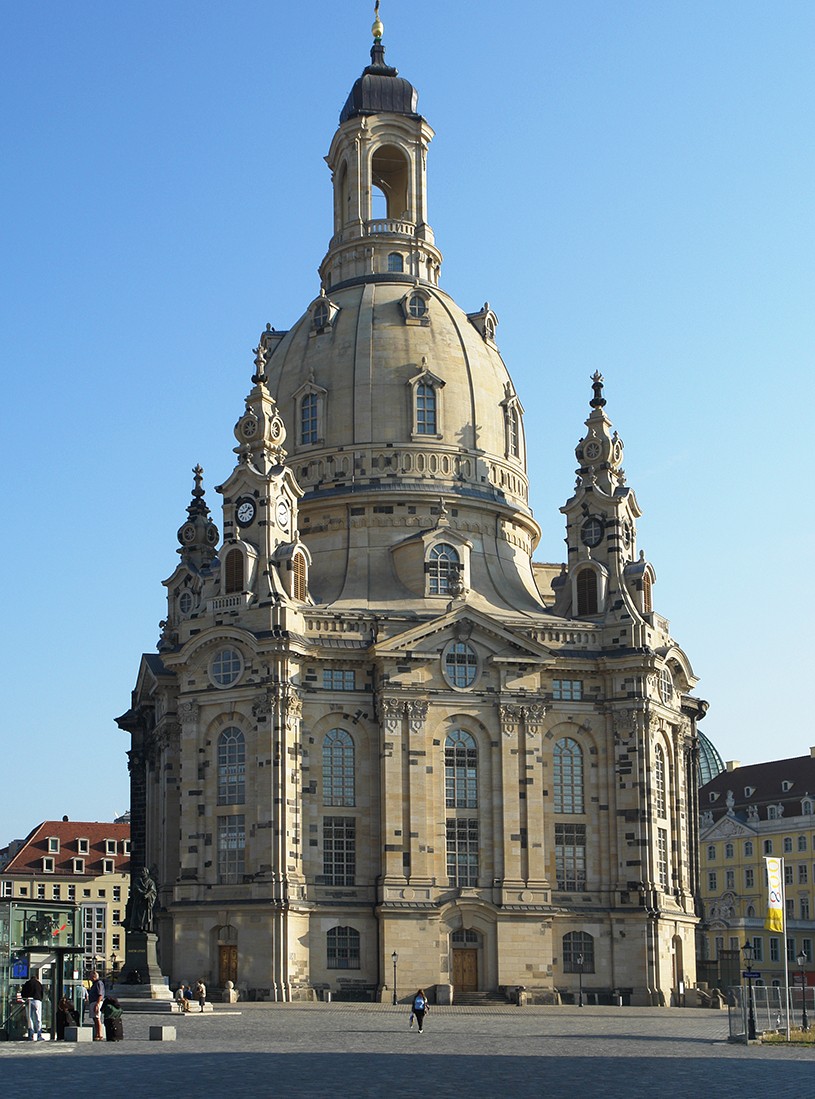
Abbey of Saint Gall
St Gallen, Switzerland
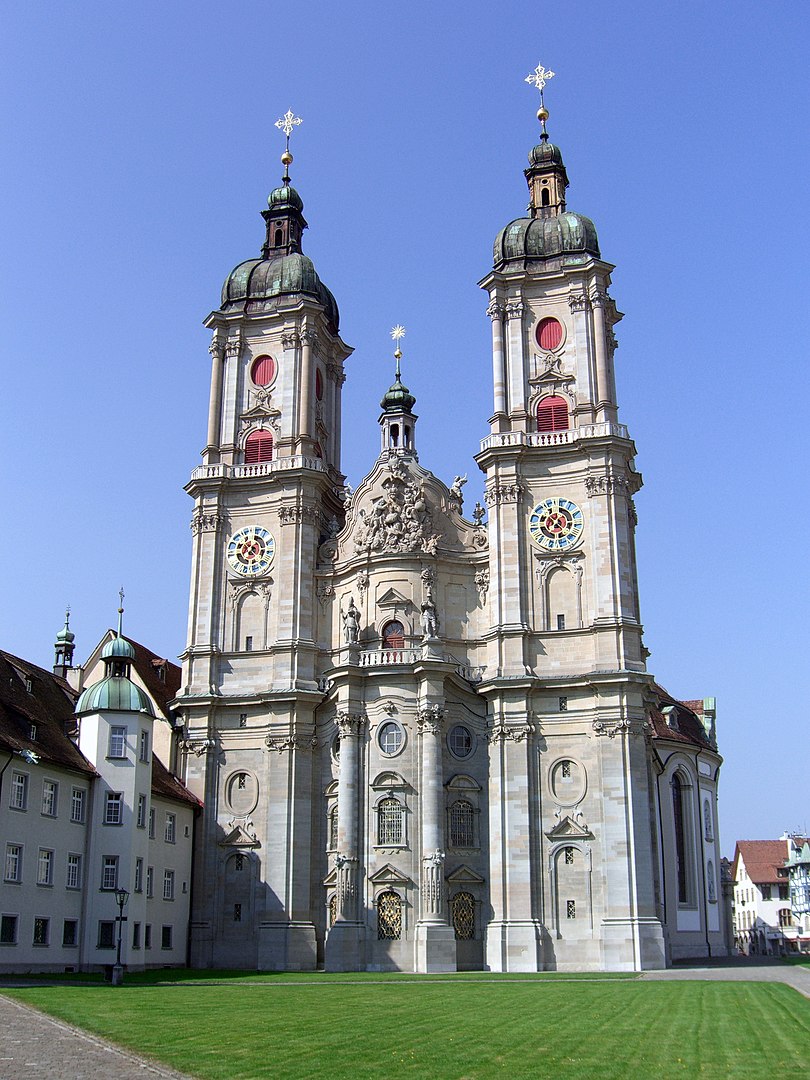
Altar of the Seven Holy Helpers
Vierzehnheiligen, Germany
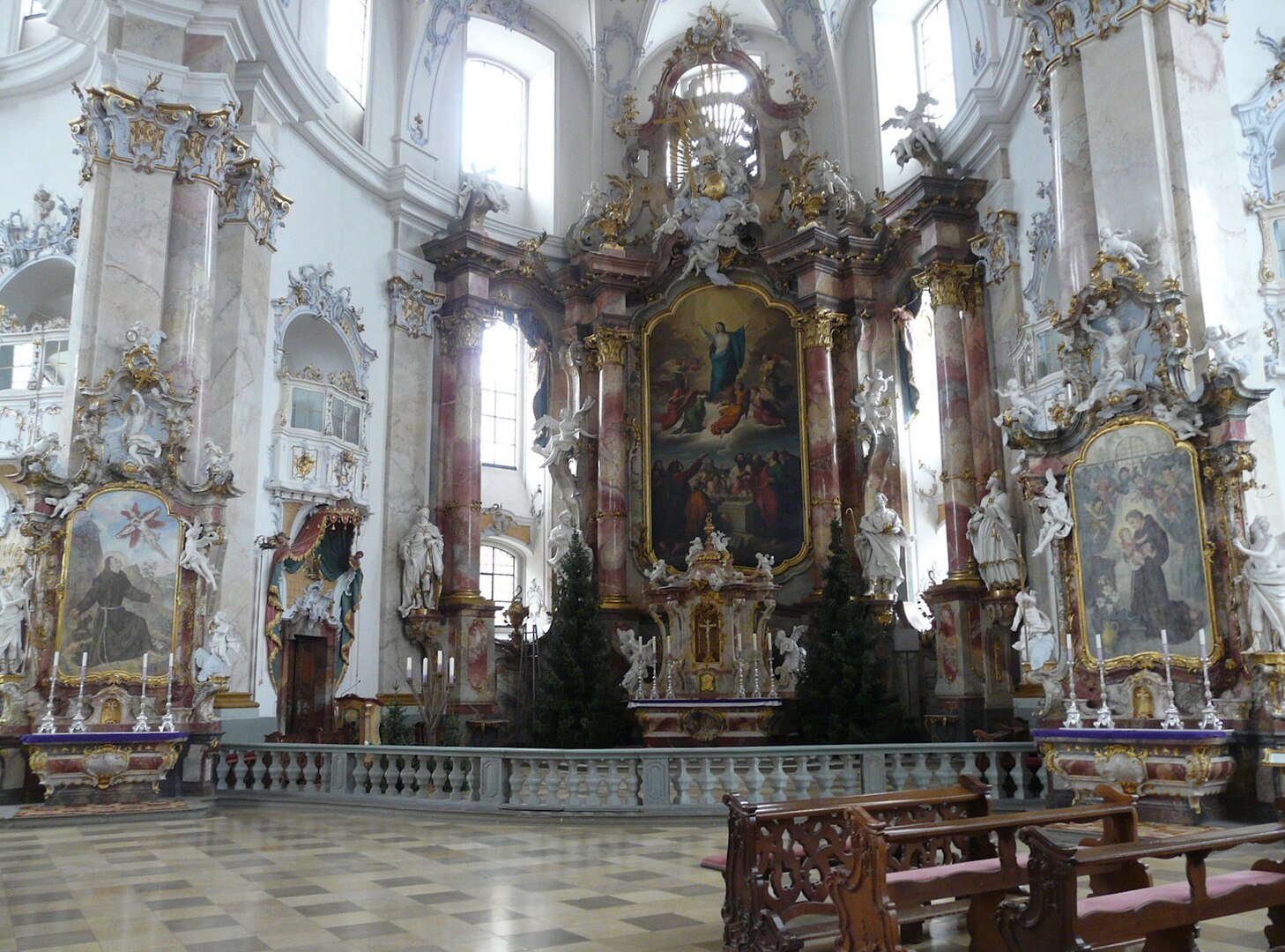
Abbey Church of Birnau
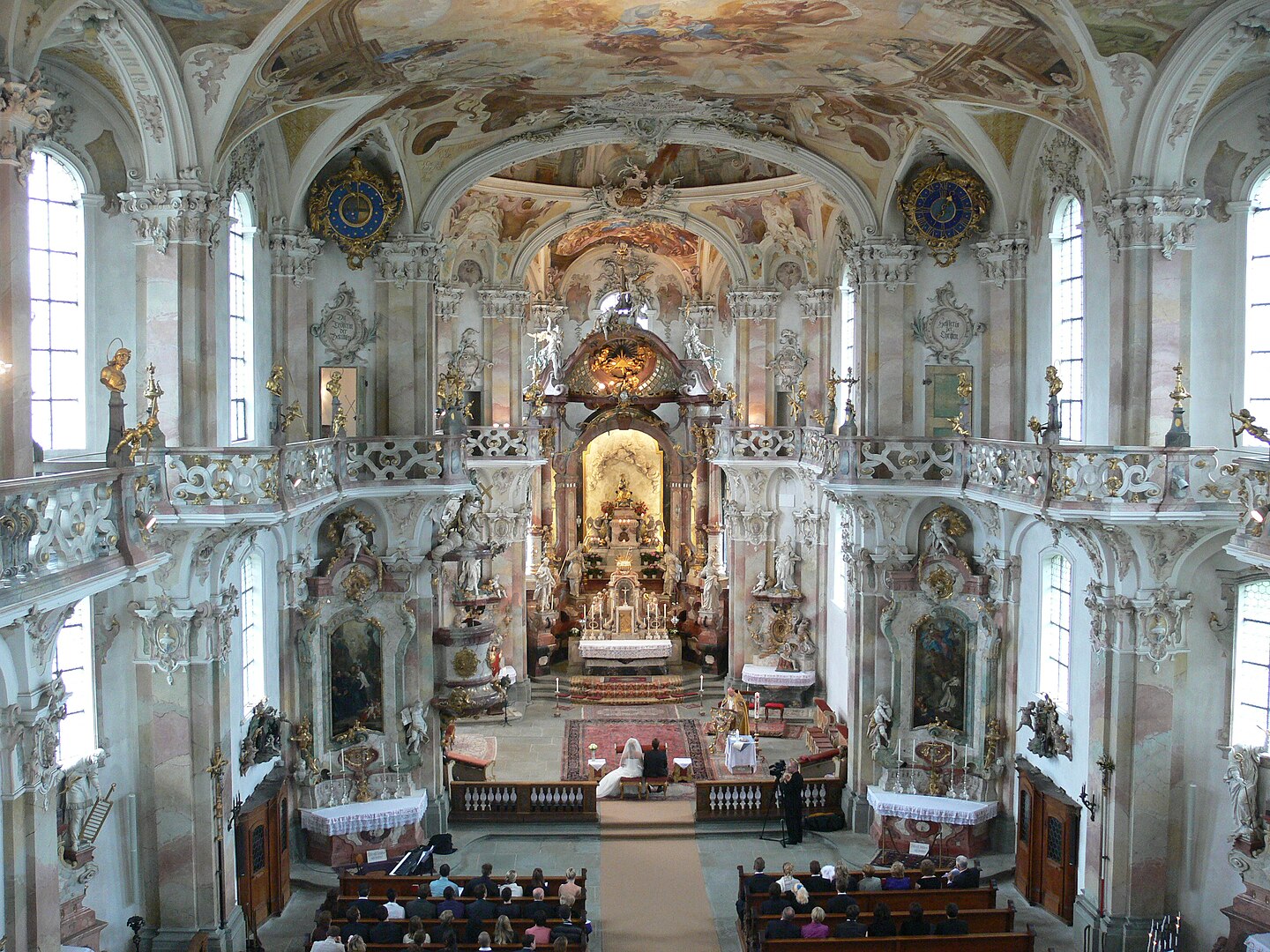
Pilasters, Cornice, and Vault
St Anne’s Church
Krakow, Poland
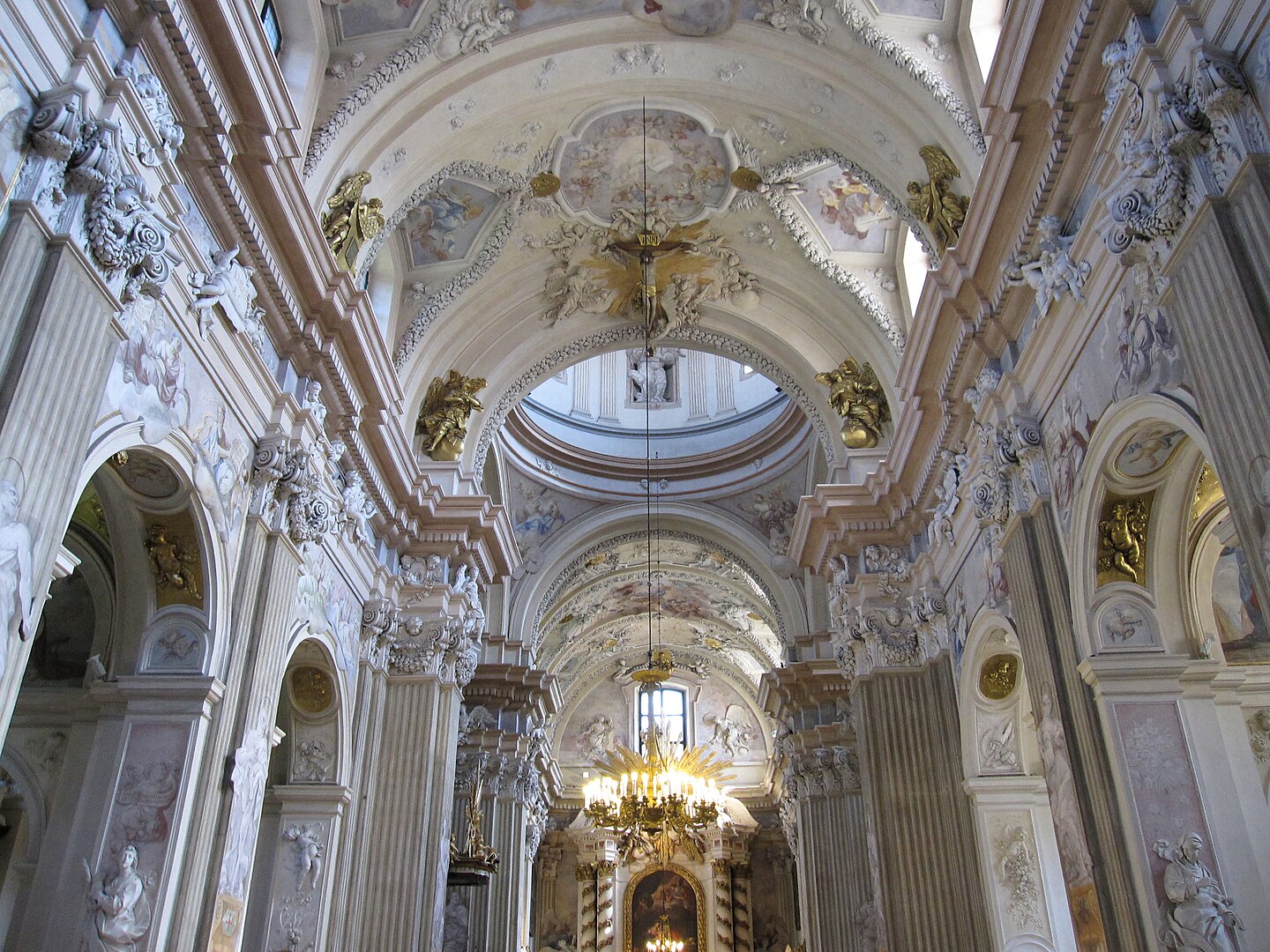
Havana Cathedral
Cuba
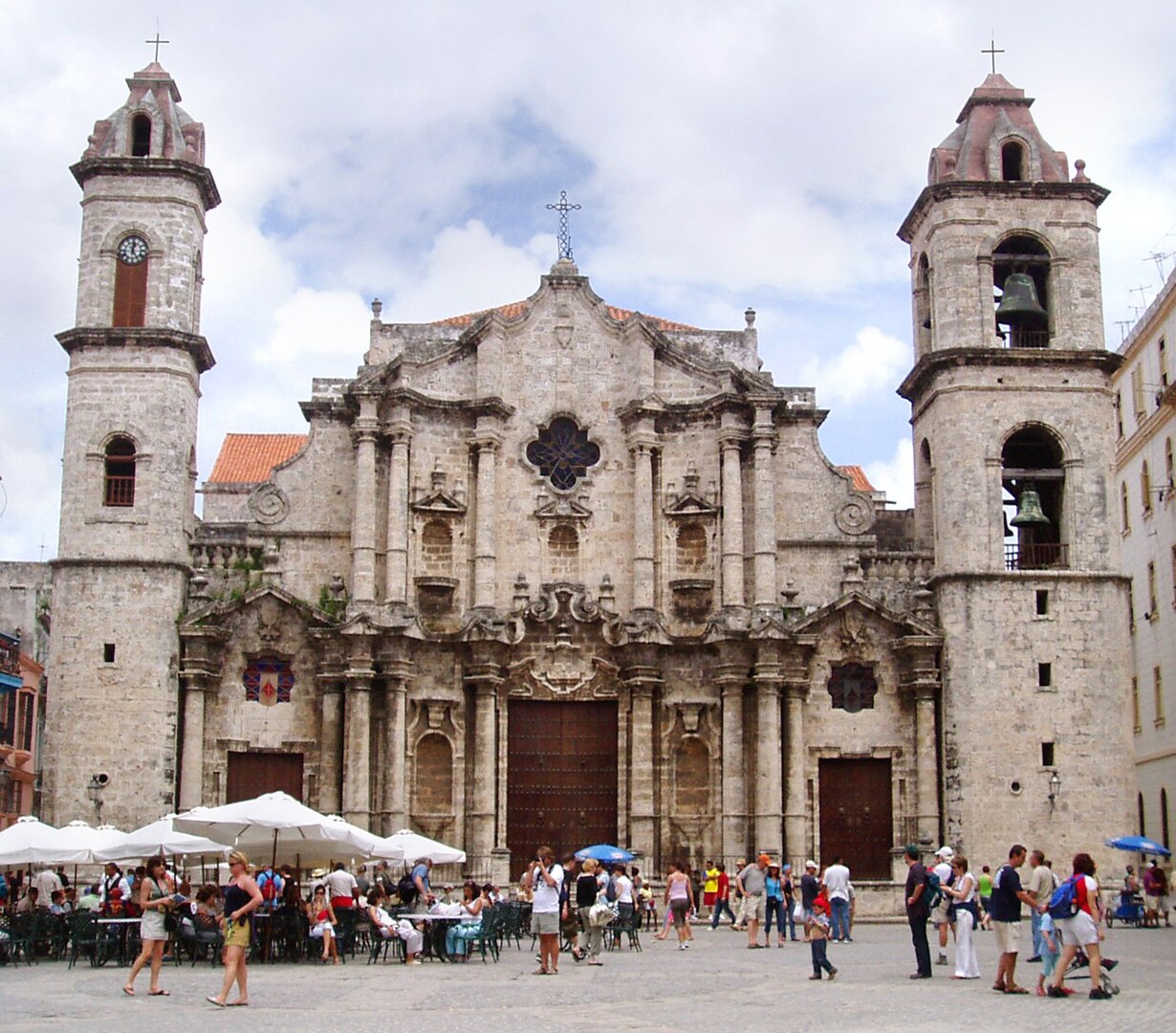
Church of Saint Francis of Assisi
Ouro Preto, Brazil
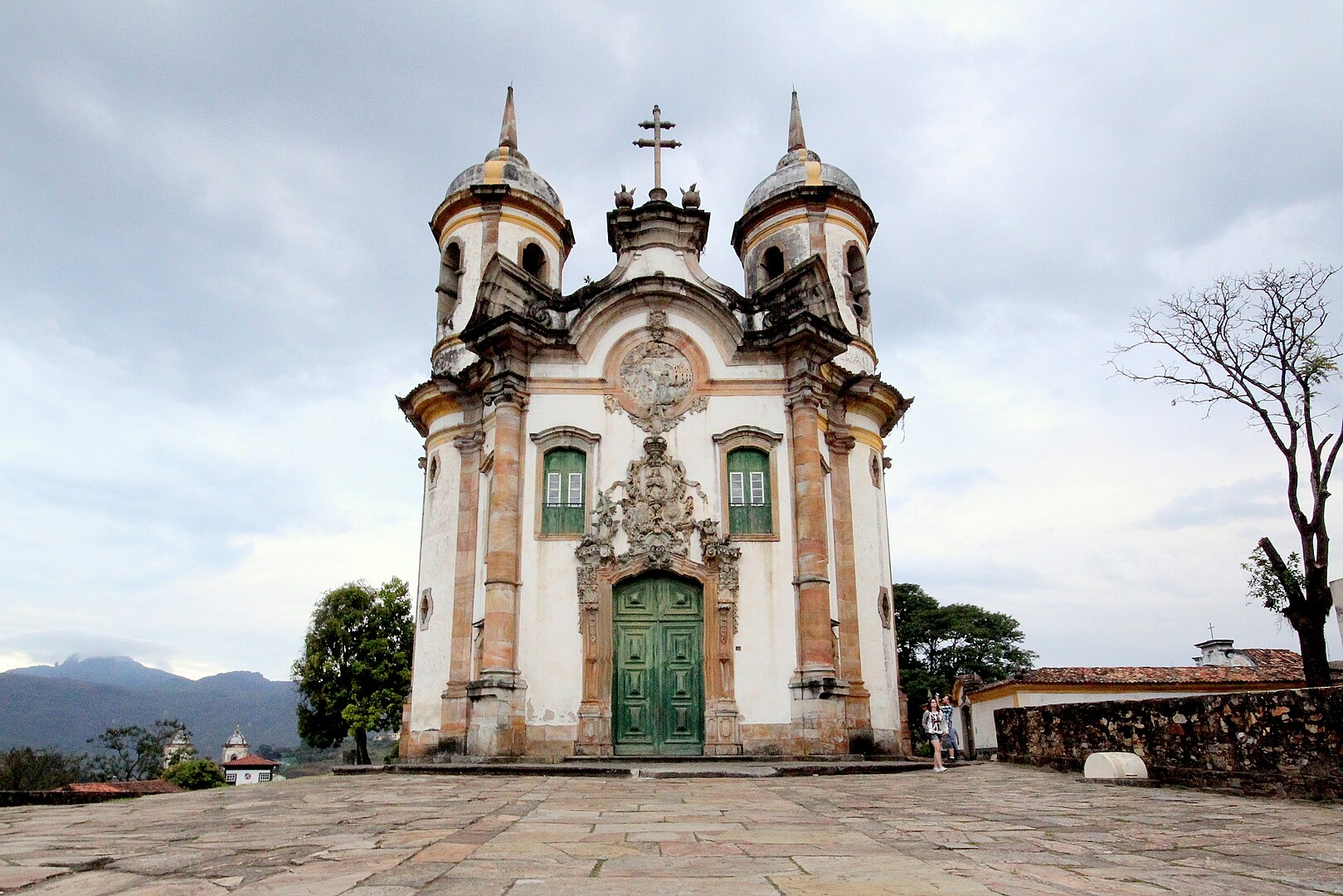
Church of San Jun
Manila, Philippines
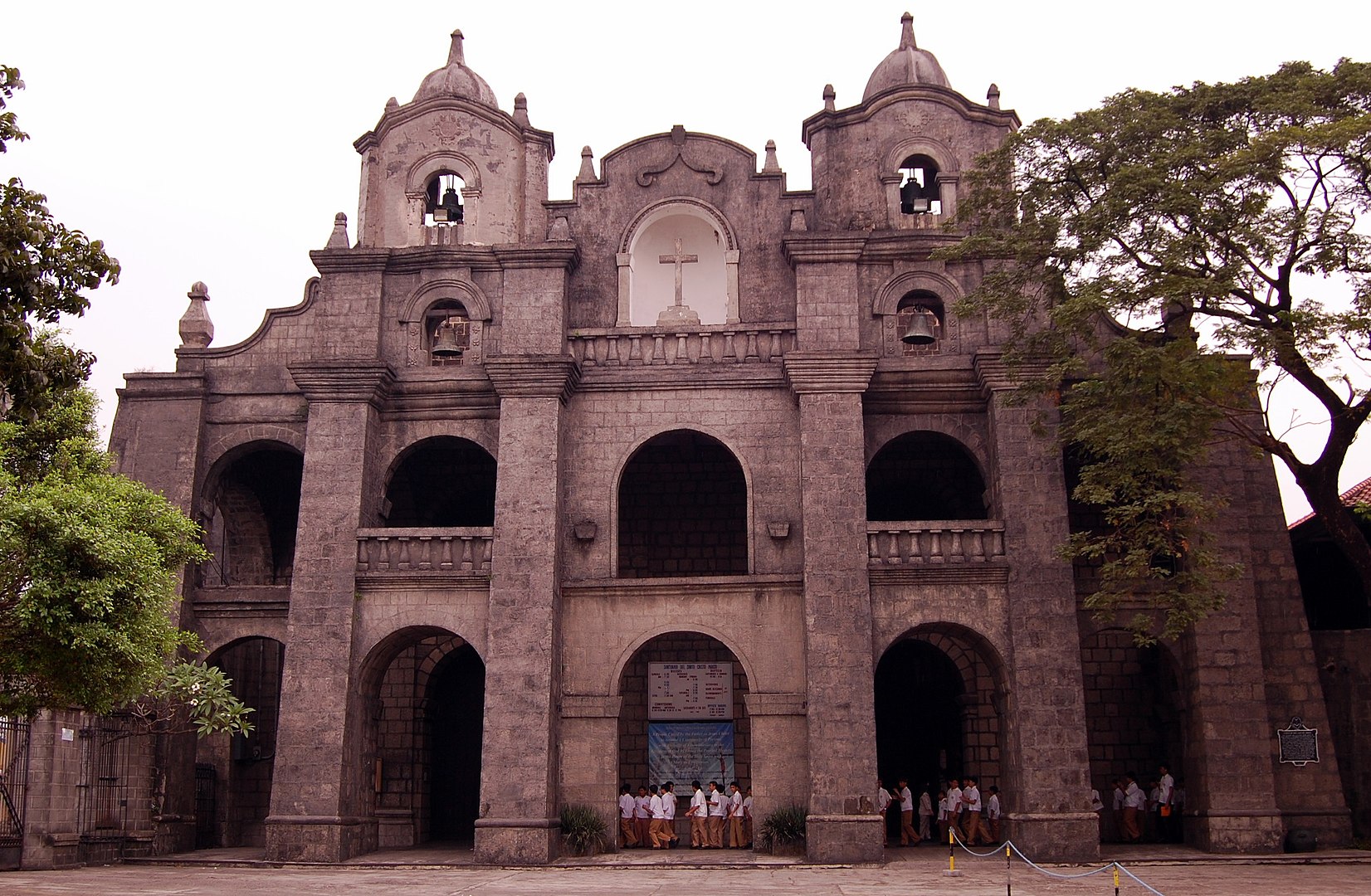
Monastery of San Francisco
Lima, Peru
